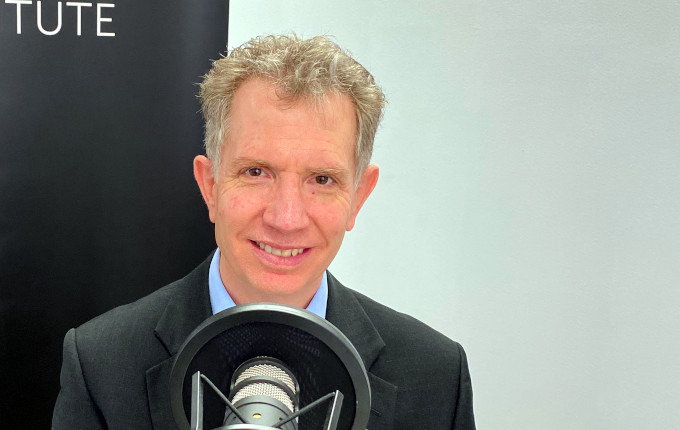Australian Retirement Trust CIO Ian Patrick says internalisation of asset management is not on the cards just yet, but leaves the door open to revise the fund’s position on the matter in the future
Register to Access this Exclusive [i3] Insights Article
Create a free account to access exclusive interviews with asset owners, revealing insights on investment strategies, market trends, and portfolio allocations.
If you already have an account you can Login .
If you have any issues registering an account please send us an email at [email protected].

